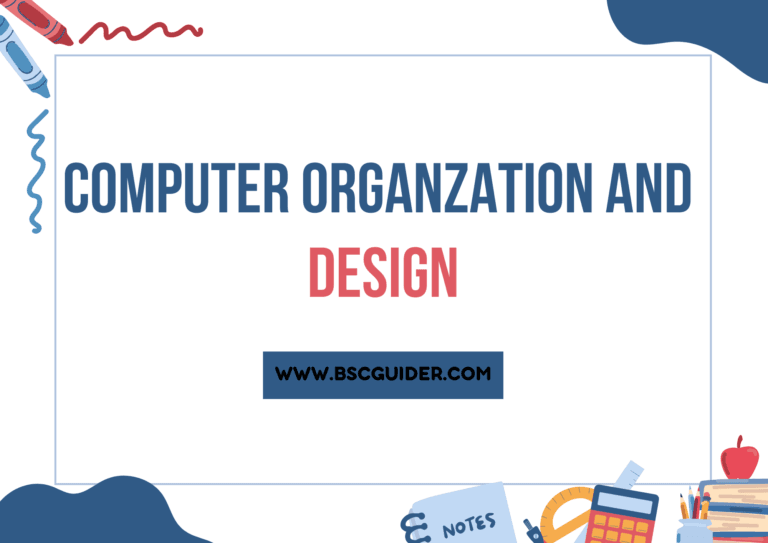
Computer Organization and Design Notes is a core subject in the BSc CS 1st Semester of the program. This course introduces students to the basics of computer architecture, including fundamental concepts like data representation, instruction sets, memory hierarchy, and input/output systems. It is designed to build a strong foundation in computer organization that supports future learning and development in computer science. The high-quality notes for this subject are provided by BSC GUIDER, a reliable source for BSc CS 1st Year students. These notes are carefully prepared to be clear and easy to understand, making them a great resource for mastering the essentials of computer organization and design.
Computer Organization and Design Notes Unit 1 – 3
Unit 1
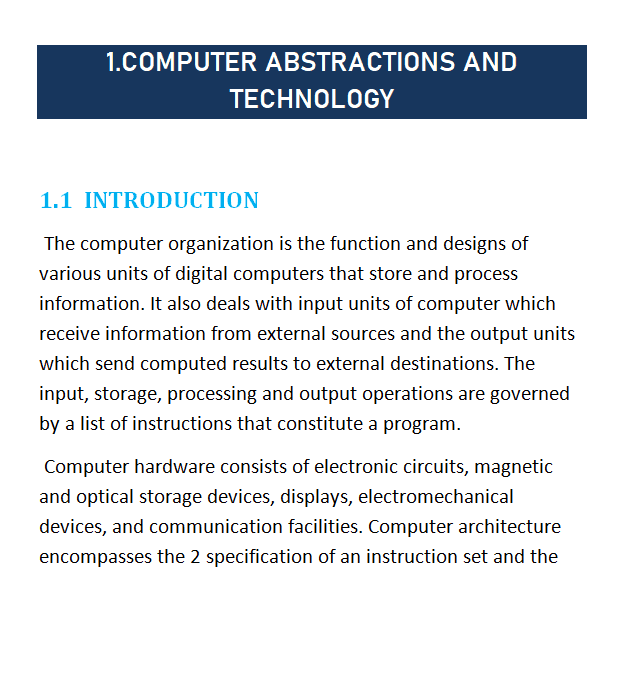
Computer Abstractions and Technology
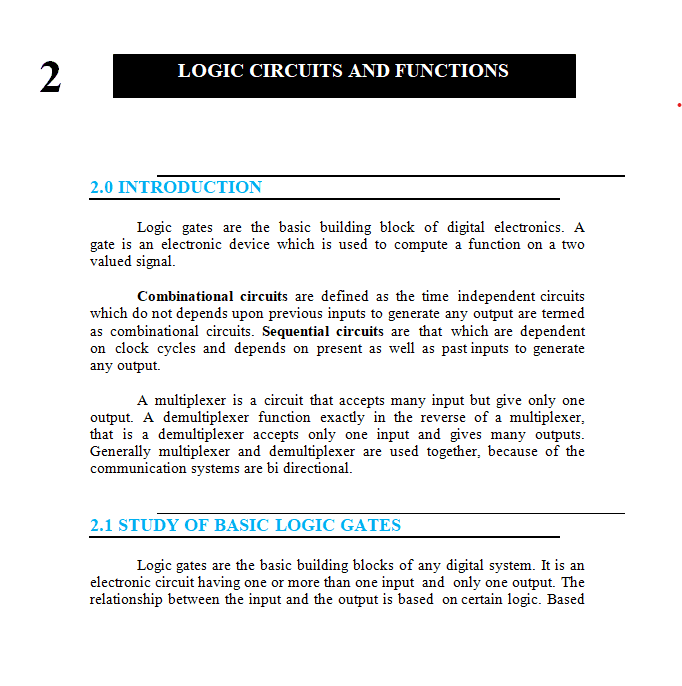
Logic Circuits and Functions
Unit 2
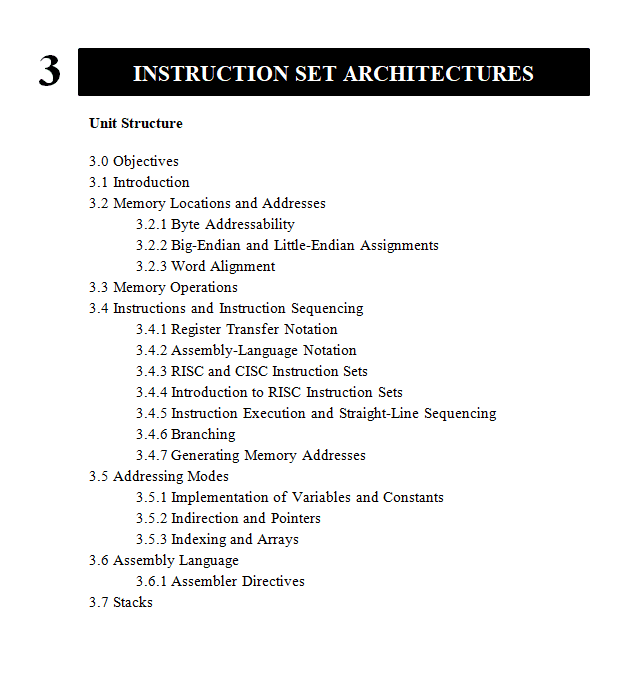
Instruction Set Architectures
Unit 3
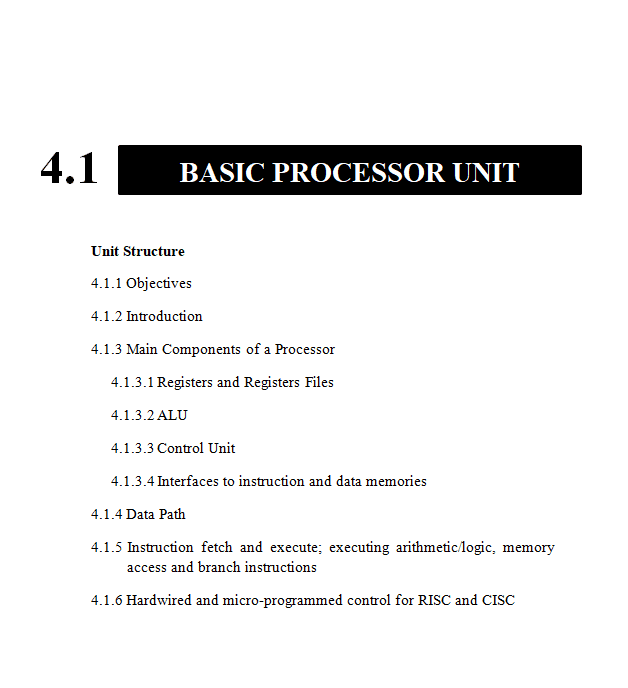
Basic Processor Unit
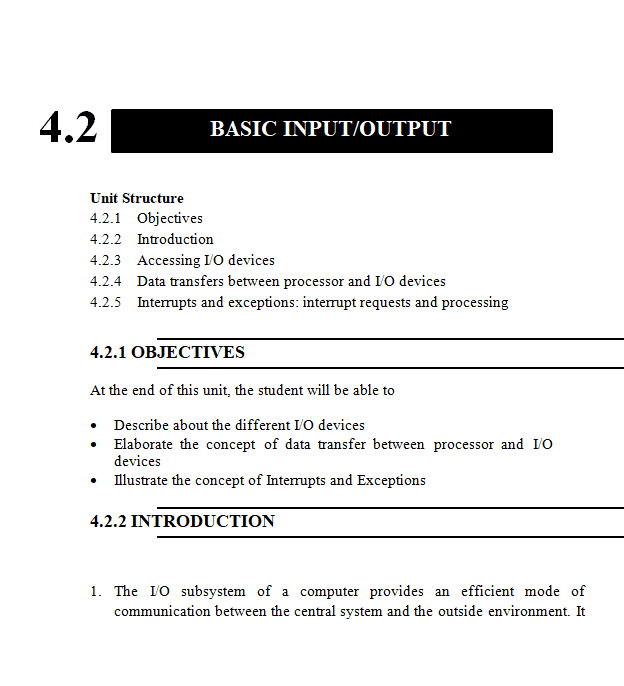
Basic Input / Output
Recommended Books and Resources
Text books:
1. Carl Hamacher et al., Computer Organization and Embedded Systems,
6th edition., McGraw-Hill 2012
Additional References:
- Patterson and Hennessy, Computer Organization and Design, Morgan
Kaufmann, ARM Edition, 2011 - R P Jain, Modern Digital Electronics, Tata McGraw Hill Education Pvt.
Ltd. , 4th Edition, 2010
Computer Organization and Design (Patterson and Hennessy) Morgan Kaufmann, ARM Edition, 2011 Download
100K+ Downloads
Objectives of Computer Organisation and Design COD :-
To understand the structure and operation of modern processors
and their instruction sets
Expected Learning Outcomes:
- To learn about how computer systems work and underlying principles
- To understand the basics of digital electronics needed for computers
- To understand the basics of instruction set architecture for reduced and
complex instruction sets - To understand the basics of processor structure and operation
- To understand how data is transferred between the processor and I/O
devices
Scope of Computer Organization and Design
- Understanding Hardware Components: Study of CPU, memory, and I/O devices.
- Data Representation: Exploration of binary numbers, data types, and storage.
- Instruction Set Architecture (ISA): Analysis of machine language and assembly programming.
- Performance Evaluation: Metrics for assessing system performance and optimization techniques.
- Microarchitecture: Design principles of processors and the impact on performance.
- Memory Hierarchy: Study of cache, RAM, and secondary storage systems.
- Input/Output Systems: Mechanisms for data transfer between peripherals and the system.
- Digital Logic Design: Foundation of logic gates, circuits, and Boolean algebra.
- Embedded Systems: Introduction to designing systems with dedicated functions.
- Interfacing and Communication: Overview of buses, protocols, and networking basics.
Syllabus of Computer Organization and Design COD
Unit 1
1.1 Computer Abstractions and Technology
- Basic structure and operation of a computer
- Functional Units and their interaction
- Representation of numbers and characters.
1.2 Logic circuits and functions:
- Combinational circuits and functions: Basic logic gates and
functions, truth tables; logic circuits and functions. Minimization with
Karnaugh maps. Synthesis of logic functions with and-or-not gates, nand
gates, nor gates. Fan-in and fan-out requirements; tristate buffers. Half
adder, full adder, ripple carry adder. - (Flip flops) Gated S-R and D latches, edge-triggered D latch. Shift
registers and registers. Decoders, multiplexers. - Sequential circuits and functions: State diagram and state table;
finite state machines and their synthesis.
Unit 2
2.1 Instruction set architectures
- Memory organization, addressing and operations; word size, bigendian and little-endian arrangements. Instructions, sequencing.
- Instruction sets for RISC and CISC (examples Altera NIOS II and Free
scale Cold Fire). Operand addressing modes; pointers; indexing for arrays. - Machine language, assembly language, assembler directives. Function
calls, processor runtime stack, stack frame. Types of machine instructions:
arithmetic, logic, shift, etc. Instruction sets, RISC and CISC examples.
Unit 3
3.1 Basic Processor Unit
- Main components of a processor: registers and register files, ALU,
control unit, instruction fetch unit, interfaces to instruction and data
memories. - Datapath
- Instruction fetch and execute; executing
arithmetic/logic, memory access and branch instructions; hardwired and
micro programmed control for RISC and CISC.
3.2 Basic Input/Output
- Accessing I/O devices, data transfers between processor and I/O
devices. - Interrupts and exceptions: interrupt requests and processing.
Pingback: Bsc cs 1st Semester Notes pdf